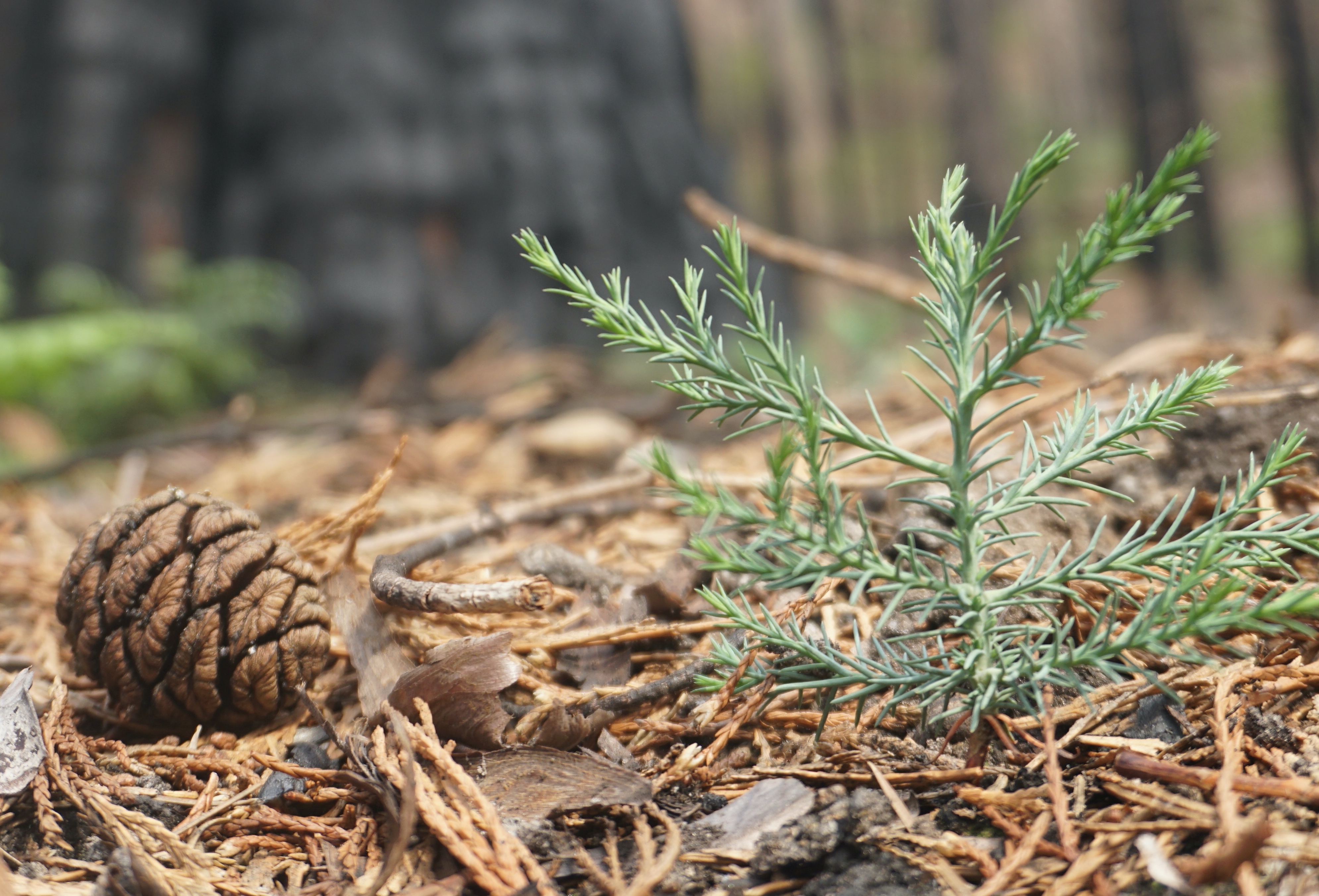Protecting Sequoias From Wildfire Raises Tricky Questions
7:59 minutes

This article is part of The State of Science, a series featuring science stories from public radio stations across the United States. This story, by Marissa Ortega-Welch, was originally reported for KALW and the the “How Wild” podcast.
Sequoia National Park in California is known for its towering, iconic sequoia trees, some of which are thought to be thousands of years old. Severe wildfires fueled by climate change and a long history of fire suppression have put these trees at risk. One solution to this problem is to plant new sequoias. But an interesting debate has sparked between those in favor of this and those against it.
The vast majority of the park is officially considered “wilderness,” a federal designation that describes an area “untrammeled by man.” This concept of “untrammeled” has become more complicated in the age of climate change: Some people argue that it means humans shouldn’t intervene, even when the ecosystem is changing because of human-made climate change.
Guest host Maggie Koerth speaks with Marissa Ortega-Welch, host and producer of the “How Wild” podcast from KALW and NPR. The first episode of this podcast, “Untrammeled,” highlights this debate.
Invest in quality science journalism by making a donation to Science Friday.
Marissa Ortega-Welch is host and producer of “How Wild,” from KALW in San Francisco, California.
The transcript of this segment is being processed. It will be available within one week after the show airs.
Kathleen Davis is a producer and fill-in host at Science Friday, which means she spends her weeks researching, writing, editing, and sometimes talking into a microphone. She’s always eager to talk about freshwater lakes and Coney Island diners.
Maggie Koerth is a science journalist based in Minneapolis, Minnesota.